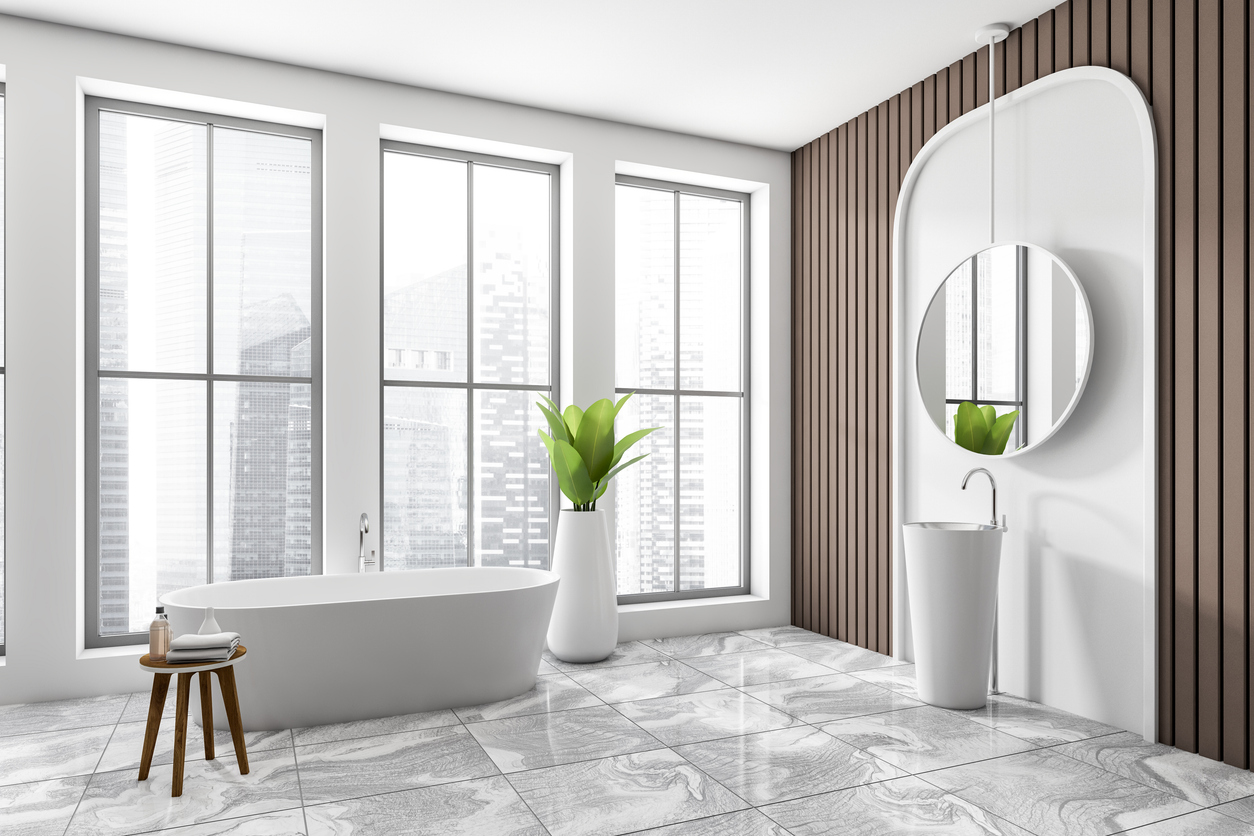
Deep Bathtubs Buying Guide 2025 -Photos & Examples
Deep bathtubs are designed for full-body immersion, offering greater depth and a more luxurious soaking experience than standard tubs. Perfect
Choosing the correct lighting can dramatically improve the look, comfort, and usability of your bathroom. Here are some tips to help you plan out your bathroom and help you transform any bathroom into a personal oasis:
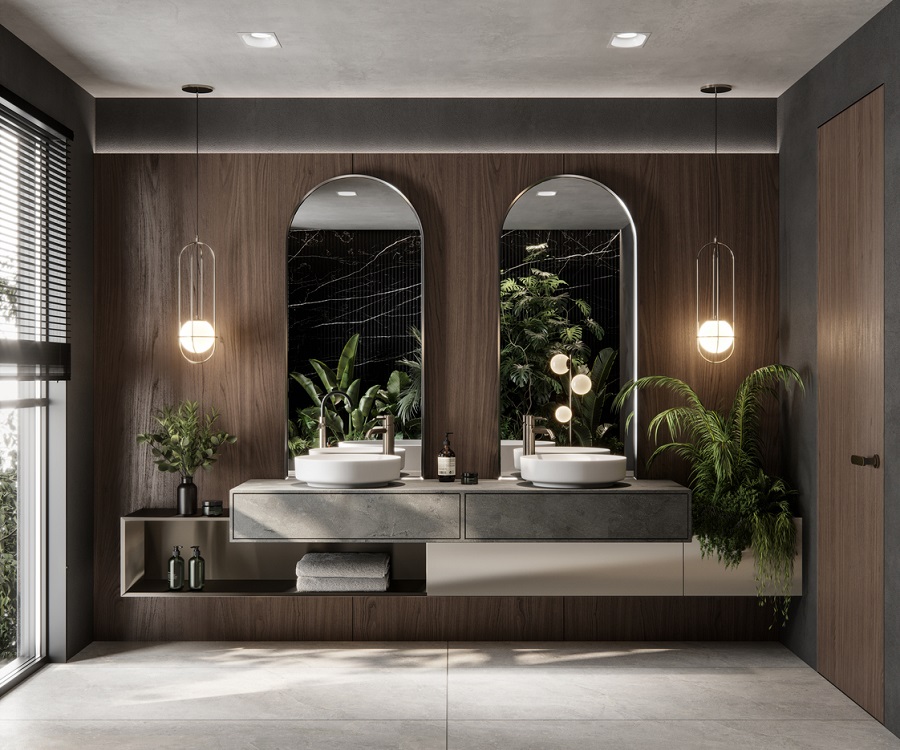
Consider the natural light available to you and work from there. Lights should be supplemental to the lighting you already have. For this reason, consider what lights you want for the ceiling, the mirror, the vanity, or other areas of the bathroom. Afterward, plan out how much light you want in the space and try to layer different lighting options to ensure that the room is fully illuminated.
Decide on the style of lights you want for the bathroom. Task, ambient, and accent lighting all have their strengths and drawbacks, so it’s important to utilize all of them to create the perfect environment.
When laying out your bathroom, consider the temperature of the room. Soft white lights are great ambient light, warm whites are ideal for bathrooms, and the bright white is ideal for lively, bright light. Your bathroom should be a relaxing area, so keep your temperatures in mind when selecting lighting.
Ensure that your lighting works for you and highlights your style. Your lighting should work with your color schemes and help to enhance them. If task lighting is too bright, consider ambient lighting for a more subdued approach, or utilize more accent lighting for subtle flair.
When selecting bathroom lights, draw inspiration from as many sources as possible. This will allow you to create a style that is all your own, allowing you to better create the bathroom you want.
Don’t be discouraged if your original setup is incomplete or has issues. Try out different lighting sources and experiment to see what you like or dislike.
Be sure to compare lights from both online and retail locations to see what appeals to you.
When it comes to lighting your bathroom, there are a few rules to follow:
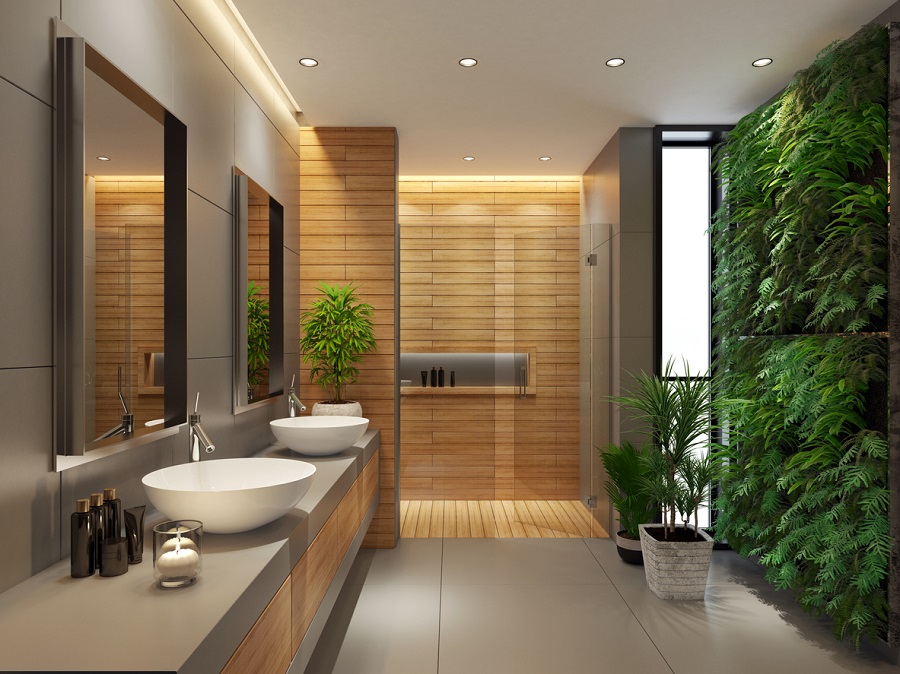
Ambient lighting provides overall illumination and creates a uniform lighting level. The first layer is soft and often dimmable to adjust to day and night settings. Ambient lighting is common in orientation areas such as stairs and hallways and is essential in large rooms such as kitchens or home offices. Floor lamps, wall sconces, and ceiling-mounted fixtures are common examples of ambient lighting. However, ambient lighting is not recommended for task work or to showcase home elements.
Task lighting provides direct, intense illumination of an area and is highly suited for detailed work such as reading, writing, making up, and cooking. The benefit of task lighting is that it’s focused on a given area and is much brighter than ambient lighting. In addition, task lighting is glare-free and maintains a light level that prevents eyestrain.
Accent lighting is designed to highlight a specific object or area. The lighting strength is similar to ambient lights. It is meant to draw attention to a particular feature, such as architecture, furnishings, or artwork, converting them into focal points in your bathroom. Recessed spot, track, and wall-mounted picture lights are all examples of accent lighting. The primary role of accent lighting is to create a point of interest for the viewer, so these lights are highly directional.
Soft white: 2,700-3,000 Kelvin provides a yellow, warm tone, creating a comfortable and relaxed atmosphere. This color temperature is perfect for ambient light and can be best found incandescent light bulbs and Edison bulbs.
Warm white: 3,000-4,000 Kelvin provides a yellow, white light. While they have warm tones, they are less warm than soft white. This color is preferable for bathrooms, providing a relaxing tone while giving sufficient lighting. This color temperature can be found in LED bulbs.
Bright white: 4,000k-5,000k Kelvin provides a neutral white light and can have more blue tones, which is perfect for lively, bright light. This color temperature can be found in halogen and LED bulbs.
Daylight: 5,000+ Kelvin is considered daylight lighting, and has bright white and sometimes cool, blue tones. This color temperature is perfect for high detail visibility and can be found in LED bulbs.
Side-mounted sconces can provide a great deal of light, especially in key areas such as the mirror. Placing sconces at eye level helps illuminate objects you may otherwise miss.
Layered lighting is key to lighting your bathroom. Consider ambient objects first, such as chandeliers, pendants, or flush mounts. Task lighting is second, as these should be used for the bathroom mirrors and the shower. Accent lighting is last and should be used to highlight architectural features and artwork.
Your bathtub needs to be a soothing atmosphere, so ambient lighting is highly recommended. An overhead fixture can add too much light, so consider sconces for your tub area.
Your fixture size is important and will ultimately influence the appropriate lighting. If your bathroom is small, objects like a chandelier or large sconces would be inappropriate. Recessed lighting is preferred for smaller bathrooms, whereas larger bathrooms will require larger lighting to complement.
When selecting your bathroom lights, consider your existing layout and plan accordingly. Ensure that your bathroom’s temperature is not too bright and remember to layer your lighting for best results.

Eric is the founder and president of Badeloft USA. He has been the president of Badeloft’s US division for over ten years and oversees all marketing and branding aspects of Badeloftusa.com.
His expertise lies in small business development, sales, and home and bathroom industry trends and information.
Contact us with any business related inquiries.
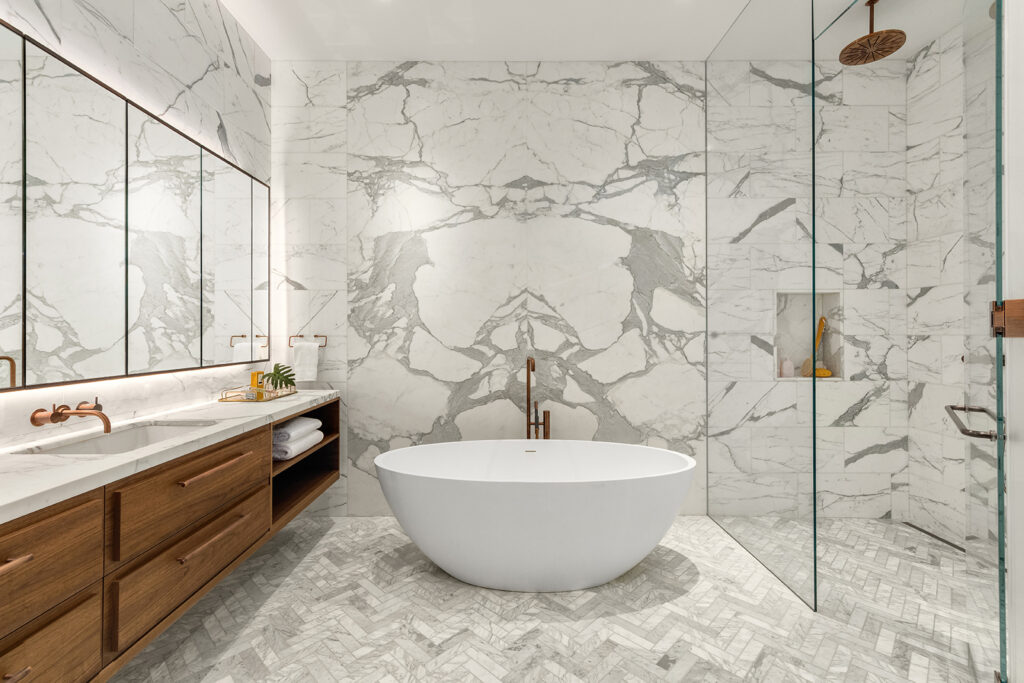
Free material samples and tub templates

Deep bathtubs are designed for full-body immersion, offering greater depth and a more luxurious soaking experience than standard tubs. Perfect
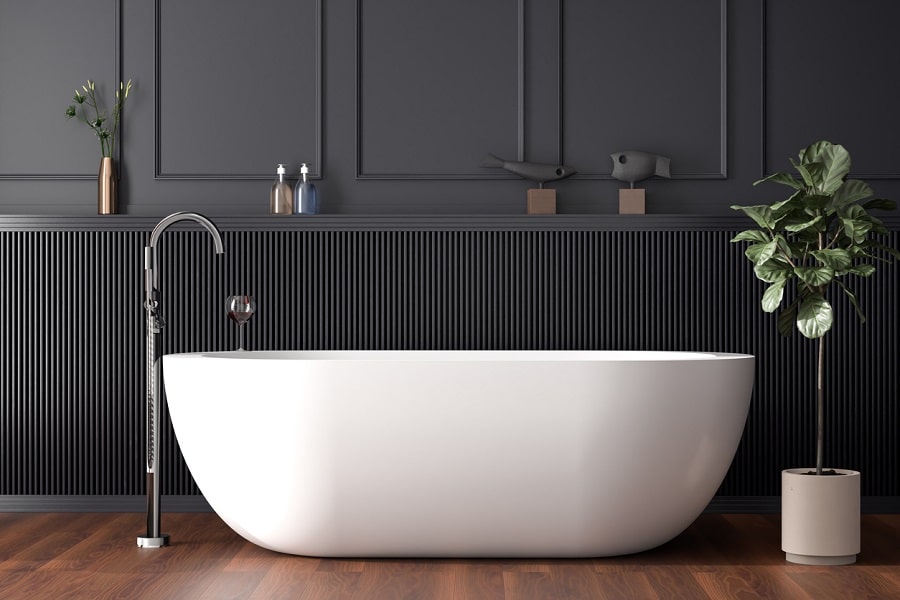
In 2025, bathtubs will be more than functional fixtures—they’ll be bold design statements that define bathroom aesthetics. From timeless white
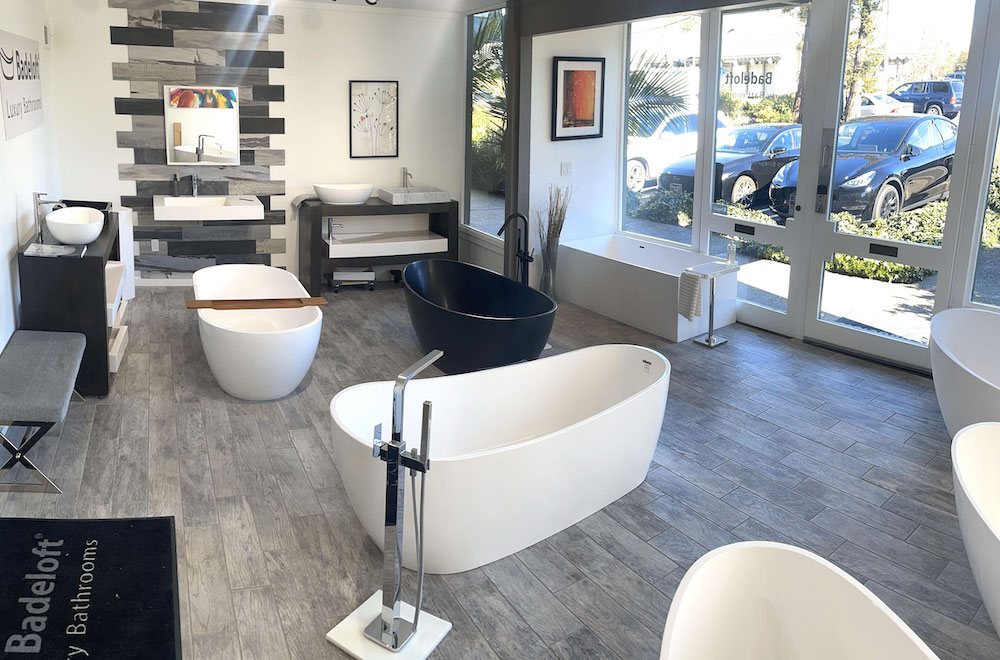
The San Francisco Bay Area is home to a variety of top-rated bathtub shops offering everything from modern, luxury designs
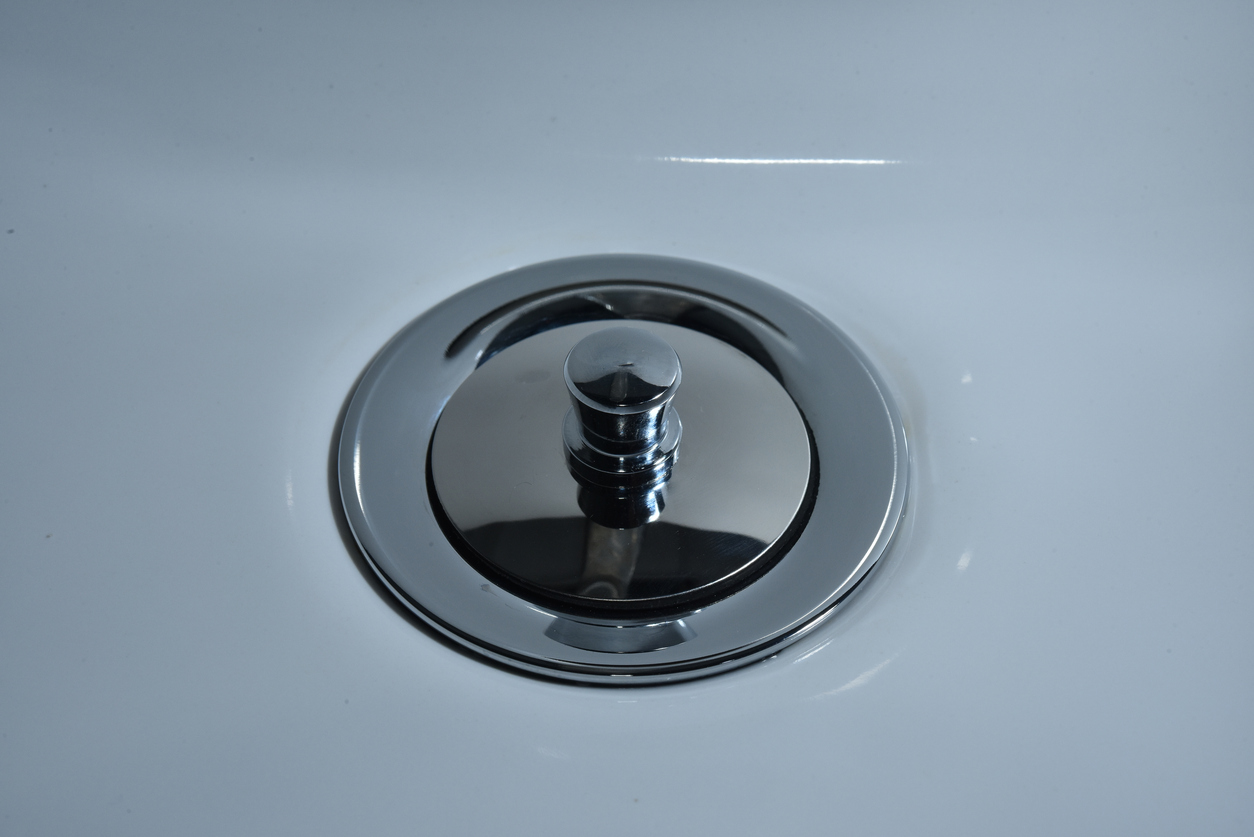
Choosing the right bathtub drain stopper is essential for creating a comfortable and functional bathing experience. With over 20 common
Fill out the form below to request a free material sample
"*" indicates required fields
"*" indicates required fields
"*" indicates required fields